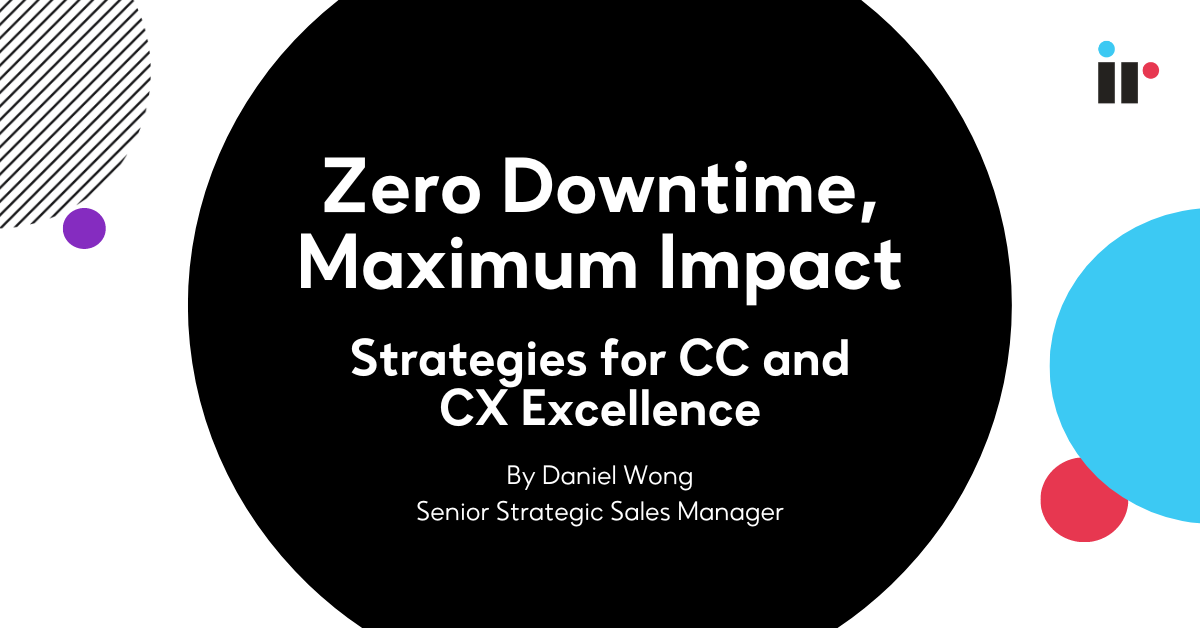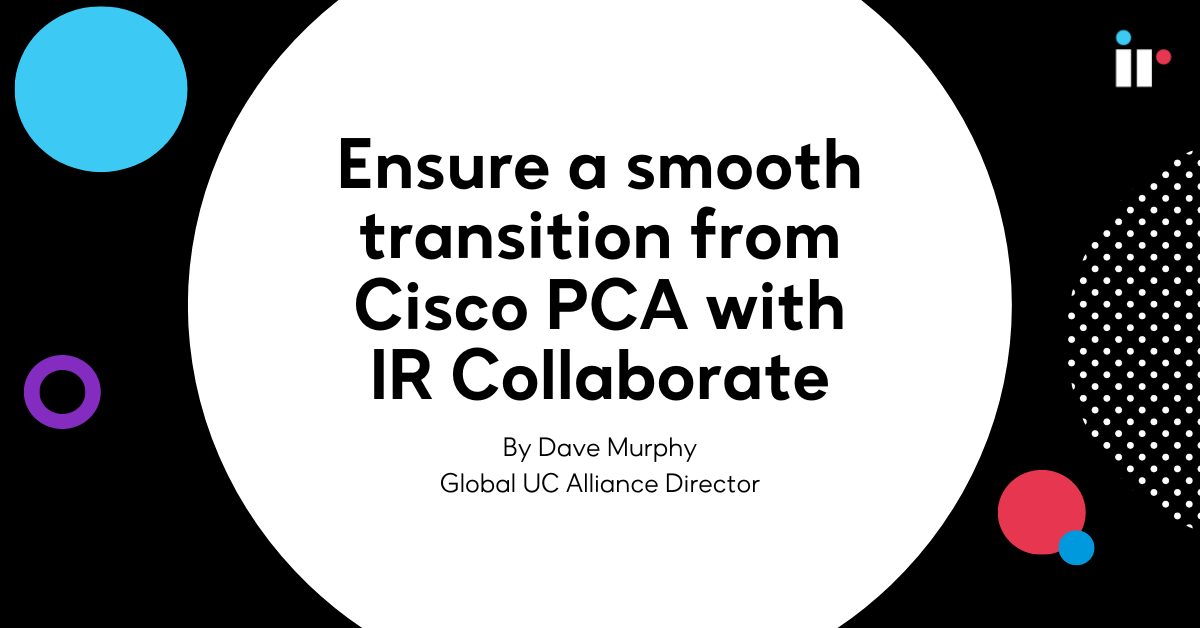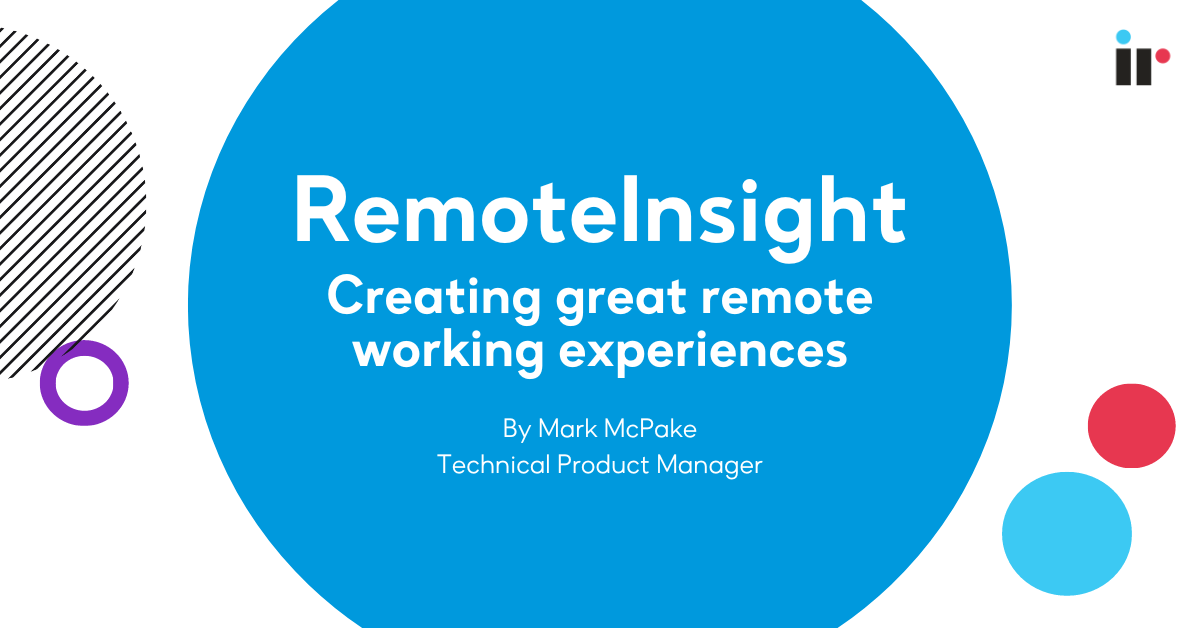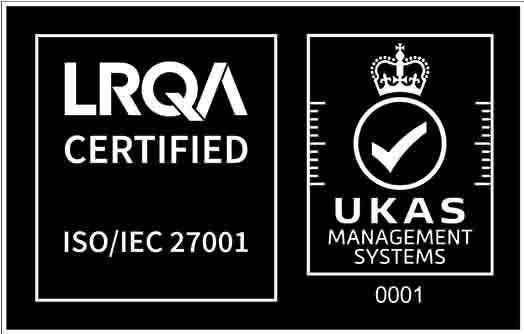Cloud Unified Communications presents an enormous opportunity for organizations and enterprises. According to IDG, 90% of CIO's have UC-related investments planned in the next year. ZK Research concluded that 83% of companies intend to adopt a hybrid cloud model for UC because it gives customers the best of both worlds and provides greater flexibility in deployment models. Unfortunately, the deployment of unified communications can present some unique stumbling blocks. According to Bern Elliott, Gartner Analyst, “Through 2017 30% of UC projects will fail to meet their objectives because the UC solution deployed does not adequately meet user needs in terms of functionality or user experience quality.”* Your organization doesn't have to encounter these stumbling blocks, but it all depends on whether you look from the perspective of the technology or the perspective of the user.
UC Cloud Migration is a Journey, Not an Event
The purpose of cloud migration is to enable users to be more successful. Therefore, the user experience has to be your central focus. Although the cloud offers a new kind of timeframe in which you can make changes more quickly, you must be diligent not to put the user experience in jeopardy. Do not rush and treat the migration like a project that must be completed within a matter of months. It isn't necessary to be overly aggressive with the timeframe, especially because that is what leads organizations to start cutting corners. Be logical about which users should make the migration, and when.
Placing Users at the Center
Think about the transition in terms of people and processes, not technology. If you focus on the technology, a successful deployment won't necessarily mean that users are any more productive or satisfied than they were while using the previous solution. An important question you must ask is, “Is the solution helping people to do their jobs better?” The cloud has the potential to let users embrace different types of usage patterns that best suit their work style. One of the best examples of this digital transformation is mobile devices, which give people the ability to work from anywhere.

The Digital Transformation Strategy
Are you envisioning and aligning your solution with your digital transformation strategy? Making sure these two areas are in alignment is critical because they typically involve different organizations. If they aren't in alignment, it will lead to challenges with planning. (The response we often hear is, “We don't have a digital transformation strategy,” or even worse, “We don't know what a digital transformation strategy is.”) The hybrid cloud/premise concept allows you to design for the future while accommodating the current. You can think far in advance while still taking today's needs into account.
Plan to Prevent Disastrous Problems from Occurring
Not many organizations pay attention to planning for on-premise deployments. Planning is even more important when it comes to the cloud. During the planning phase, network readiness is a crucial area to consider. Unified Communications Network Assessments should also be performed on an ongoing basis. Organizations that skip this step will inevitably have to retrofit the network or fix critical issues. When thinking about deployment and migration, set user expectations correctly. You can explain to users how the new solution will work, supply them with the technology, and explain what benefits they will experience instead of having users suddenly find out that something is different. Remember that significant disruption is not necessary.
How much time is your organization willing to invest (both upfront and on an ongoing basis) in order to prevent problems from occurring later down the line? Many of our customers call us when they need assistance putting a fire out. In a cloud transformation and migration world, however, you simply cannot afford to have a fire in the first place.
Deploy & Migrate to Unified Communications Cloud with Confidence
Be thoughtful about testing before, during, and after deployment and migration. Most organizations stop testing once they have made sure everything works as intended. We, however, believe that testing has to be done on a daily basis. Small changes in policies and configurations occur in environments, which can have a dramatic effect across the organization. If you test regularly, you will discover the problems that result from these small changes before users ever have a chance to encounter them.
Has the User Experience Improved?
In a migration, you must ask users if the experience is better or worse than it was before. At the same time, you must monitor by looking across the entire ecosystem, using metrics to gauge quality. If one user reports that they are having a problem, that is a symptom indicating that many other users are encountering the same issue. If you don't respond to a user immediately after they report a poor quality phone call, you're placing the entire migration in jeopardy. Be proactive and overly responsive to user experience issues, all the time. Remember to monitor all aspects of the environment from the user experience perspective, across all systems, cloud and premises.
A Comprehensive Testing Strategy is Essential with Hybrid UC
When it comes to testing unified communications, we encourage organizations to think strategically by formulating an all-encompassing plan for action. The diagram below (left) illustrates how crucial testing is for a successful migration. If you don't test, you will inevitably have trouble in operations due to expensive downtime and low satisfaction. There is an absolute 1:1 correlation, and every customer we work with can attest to the fact that testing directly influences user and customer experience.
The maturity diagram on the right demonstrates how complete automated testing leads to increased user and customer satisfaction. Completeness (y-axis) refers to how many aspects of the system you're testing, along with how often the tests are done. (Are you doing 3 tests or 30 tests? Once per day or once per hour?) Automation (x-axis) refers to whether you have people performing tests or whether they are happening automatically, and whether or not you're notified when there is a problem. If you fall within the upper right quadrant, your strategy is more mature and successful, primarily because you will find problems before your users do.
Operate the Hybrid UC: Be Effective and Efficient
Leveraging an environment to be as effective and efficient as possible isn't rocket science. Consider the question: how can you operate effectively and efficiently as an IT organization in a hybrid cloud/premise world? The challenge stems from old IT operations industry standards like mean time to respond or mean time to repair. The cloud now introduces a whole other paradigm. How can you watch across all systems from premise and cloud? Most organizations are running multiple systems including several vendors, gateways, SBC's, core PBX, instant messaging, presence, and conferencing. Are you able to see all potential issues across the entire ecosystem? This essentially requires you to have the ability to find the needle in the haystack that's causing the problem.
Expedite Unified Communications Troubleshooting
Small issues can have a broad impact on your organization. The faster you can troubleshoot unified communications issues, the easier it will be to resolve them. Half the battle is just convincing a group that the issue lies in the network, infrastructure, cloud, or desktop. If you can pinpoint exactly where the issue lies, you will eliminate wasted time from finger pointing. Enable tier 1 help desk teams to troubleshoot the root cause quickly, not just escalate the issue. If the help desk can get to the root cause right away and identify the problematic device, the mean time to repair or mean time to resolve can be cut down to a fraction of the time.
Optimize: Always Learn and Improve
Analyze usage, performance, and experience data to understand the story it's telling. Then listen to what the users are saying separately from the data to determine if they are telling you a different story. Your data may say that everything is running optimally and quality is great. However, your users could be saying that they are having a poor experience. The value of collecting and correlating information in realtime is that it gives organizations the ability to learn and set alerts and thresholds. Optimization is about always learning and improving by utilizing both realtime and historical data you've gathered.
Adoption is Determined by the Quality of the User Experience
Digital communications will result in viral adoption if you enable a good experience. The negative ripple effect of a poor experience, on the other hand, will cause users to find other ways of communicating. Users will vote with their actions, not always with their feedback. Learn, grow, and adapt quickly to enable viral adoption of a communications paradigm, regardless of whether it's in the cloud or on-premises. Remember to leverage a monitoring tool that looks at the entire cycle from planning, deployment, migration, operations, and optimization.
UC Monitoring Tools Facilitate Proactivity instead of Reactivity
Robust monitoring tools help you to identify the causes of poor quality so you can attack and remediate them immediately, before moving on to migration and deployment. By choosing a solution that is certified across all major platforms, you get the benefit of multi-vendor interoperability for migrations and vendor coexistence. (We are a Microsoft Gold Communications partner, Cisco Preferred Solution Partner, Avaya DevConnect Certified partner, and DevConnect Select Product Program partner.) No matter what type of environment you have, there exists a critical opportunity to use a monitoring solution that makes the process as smooth and seamless as possible.
Unified Communications Cloud migration mistakes to avoid
Looking Towards the Future
We've taken great strides to reach our vision where you can not only look across the system to prevent catastrophic failure, but also automate the steps to avoid catastrophe before it happens. Our goal is to optimize those operations and maximize the experience of every interaction without the need for human intervention. Even though humans are still needed today, our vision is to take everything we do and automate it through technologies like software-defined networks (IR is Microsoft SDN API certified). We will eventually be capable of correlating data so that we can recognize the source of a problem and automatically fix it before anyone even notices that it existed. We view it as a thousand points of reference with a single point of view in terms of the user experience.
To learn more, watch the full webinar on Cloud Unified Communications: Getting the Transition Right.
*"Optimize UC Adoption with these Best Practices"; Ben Elliot, Gartner Analyst.





